
Verdicchio wine: a white with personality
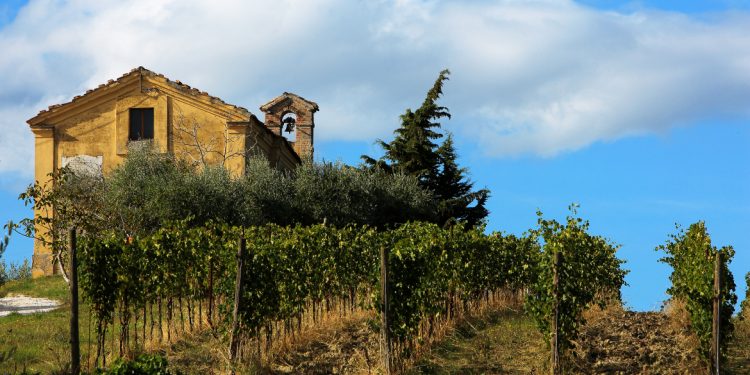
There are many enthusiasts who consider Verdicchio one of the most interesting white grape varieties in Italy. The Verdicchio wine has been well-known all over the world since the 1960s (also thanks to marketing in small amphora-shaped bottles created by the architect Antonio Maiocchi) but for a long time it was prisoner of the image of simplicity and early-drinking that took it to success, at the risk of limiting its great potential.
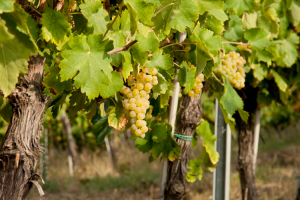 Marchigian with family in Verona
Marchigian with family in Verona
Verdicchio is one of those identity-making native cultivars, closely linked to the Marche and particularly Jesi and the Upper Esina Valley (Matelica). It has a moderate presence in the Ascoli Piceno area and sporadic elsewhere. Its existence in the Marche area has been documented since the Early Middle Ages; only in 1569 does the term “Verdicchio” appear; ten years later Niccolò Attucci, a notary from Matelica, used the same term to indicate the grape from his city. After studies in the seventeenth century by the ampelographer Micheli, the grape variety was raised to the rank of wine grape at the end of the eighteenth century. In 1877 Di Rovasenda declared that Verdicchio was the finest white grape variety in the Marche. In 1991 it was at the heart of a heated debate: Calò, Costacurta, Cancellier and Forti identified it with Trebbiano di Soave and Trebbiano di Lugana.
Turbiana is Verdicchio or Trebbiano?
Subsequent studies have partly confirmed this conclusion, showing a strong pedigree relationship between these varieties, and it is no coincidence that the synonym Turbiana is accepted for both Verdicchio and Trebbiano di Lugana; on the other hand other alleged resemblances with minor varieties have proved to be totally mistaken. No doubts about the etymology: the colour of the berry, even when completely ripe, never loses its greenish hue, which is then passed to the wine. The bunch is medium-sized, pyramidal, with one or two wings. The berries are spherical, medium-sized, with a greeenish-yellow thin, robust and pruinose skin. In the higher inland areas, near Cupramontana, it ripens slowly and the harvest is done in the first days of October; in the Jesi hills, the climate leads to an earlier harvest, i.e. the last ten days of September.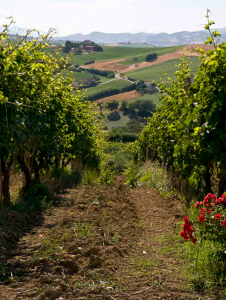
The production regulations of Verdicchio wine
The Castelli di Jesi Verdicchio Riserva, also the Classico, must be made from a minimum of 85% Verdicchio grapes. The production area includes 21 municipalities in the Ancona area and 3 in the Macerata area. Emergency irrigation is permitted, the tendone vine training system is prohibited, the minimum planting density for new vineyards is 2200 vines/ha. Maximum yield of grapes is 100 q/ha; natural minimum alcohol content is 12% vol. Winemaking, ageing and bottling must take place in the same municipality area it is produced. The maximum grape yield in wine must not exceed 70%. The product must age for a minimum of 18 months before sale, 6 of which in the bottle. Minimum final alcohol is 12.50% vol.; minimum total acidity 4.5 g/l; minimum net dry extract 17 g/l. The label must indicate the vintage and references to names and private brands are permitted to, as long as they are not misleading. Also geographical indications and place names within the production area are allowed. Only glass recipients are permitted and must not exceed 3 litres, but there is no obligation to use cork closures.
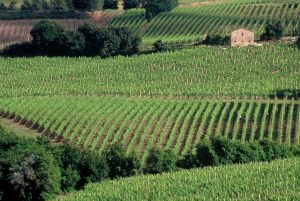 The “classico” area and development potential
The “classico” area and development potential
In view of a designation that represents over 40% of the region’s entire production, the highest peaks of quality come from the “classico” area, which includes only the municipalities on the right of the Misa river, except Ostra and Senigallia. Here the strength and expressiveness of Verdicchio gain more intensity from the calcareous marl of the Miocene epoch and the clay-marl of the Pliocene. This grape adapts with difficulty and loves well-ventilated hilly areas: vinification tests have found that far from the Marche its sensory potential deteriorates. After decades of stagnation, since the 1980s some small wineries have enthusiastically dedicated themselves to enhancing the most interesting quality aspects of the wine, rediscovering, the clear-cut and decisive personality as well as the incredible development potential over time. It is thanks to them if today most producers don’t just market ready-to-drink wines, but also valued selections, vinified with dissimilar but related styles with long ageing (especially in cement and large barrels) with prolonged contact on the fine lees. Prolonged ageing leads to a concentration of the typical traits of Verdicchio: yellow flowers, fleshy and tropical fruit, and a first appearance of those tertiary aromas that are the real jewel in the crown, destined to develop into marked mineral and hydrocarbons after years of bottle maturation. It is in virtue of this winemaking renaissance that the Verdicchio dei Castelli di Jesi DOC production regulations were one of the first in Italy to consider the Riserva version for white wines (since the 1997 harvest), raised to “garantita” since 2010: Castelli di Jesi Verdicchio Riserva DOCG.
From Italian Wine Chronicle 1/2015. Read for free the magazine
See also ...
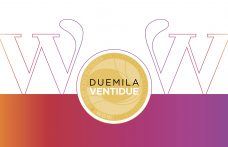


Alto Adige meets Alsace at the home of Gewürztraminer
Gewürztraminer in Alto Adige and Alsace: a focus on the differences in terroir, Read more

